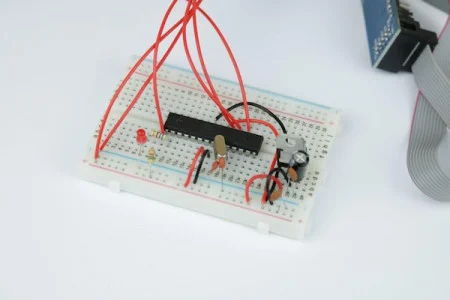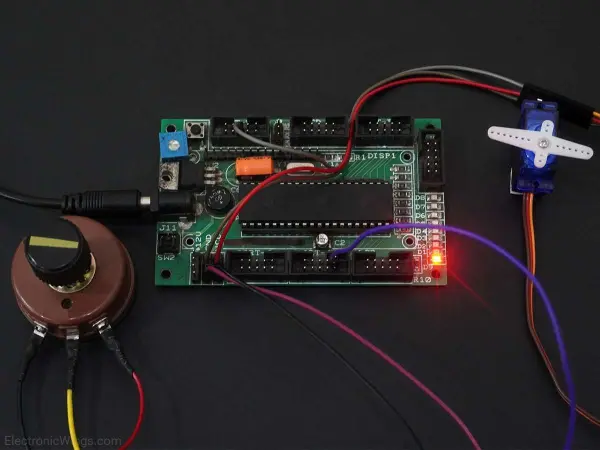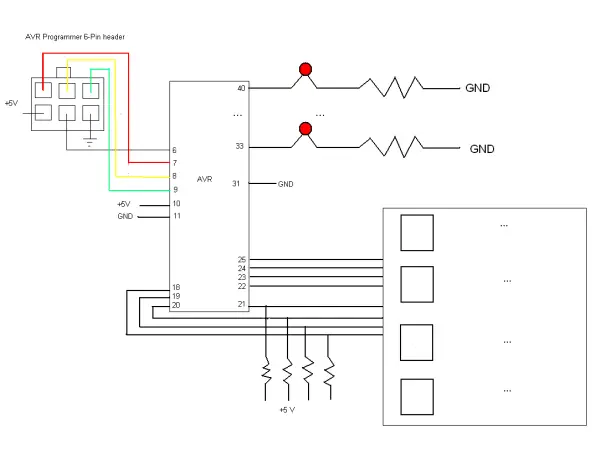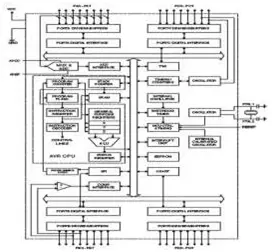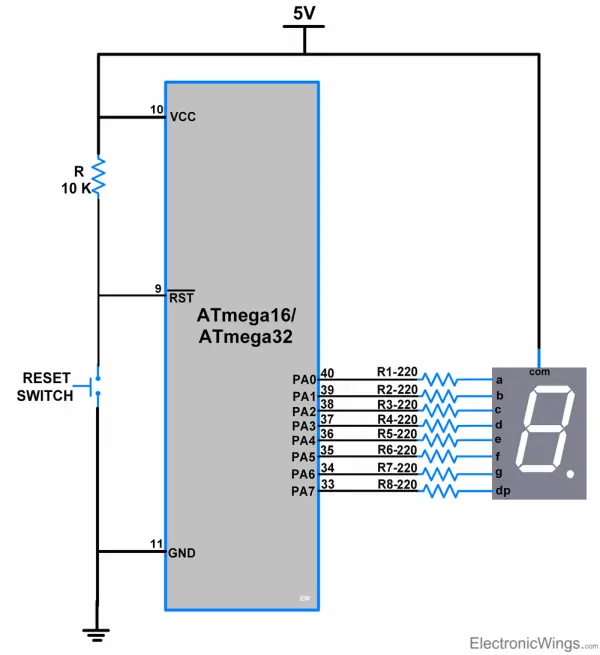Mastering AVR Microcontrollers: A Hands-On Guide to Project Development
AVR microcontrollers boast distinct advantages compared to similar microcontrollers, offering higher MIPS and a more user-friendly architecture. This article will delve into mastering the AVR Integrated Development Environment (IDE), guiding readers through the process of creating an executable project. Additionally, it will cover building a fundamental AVR circuit and programming it effectively. Schematic How to […]
Mastering AVR Microcontrollers: A Hands-On Guide to Project Development Read More »

